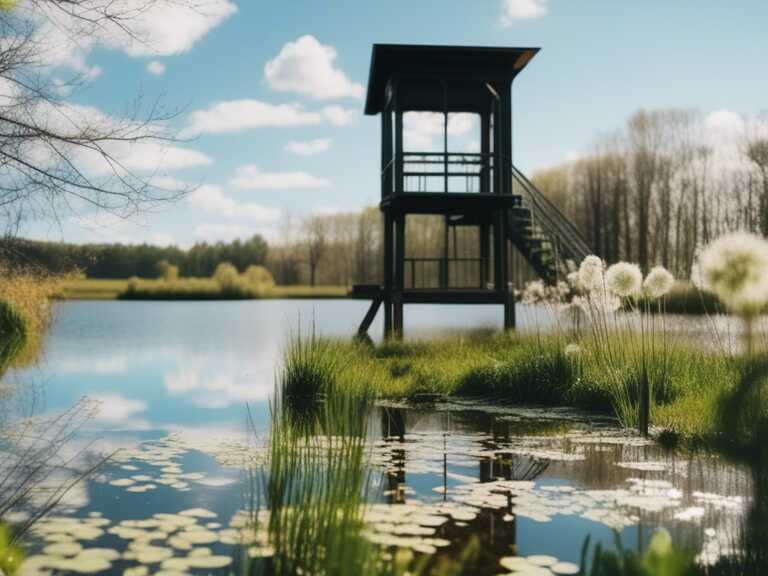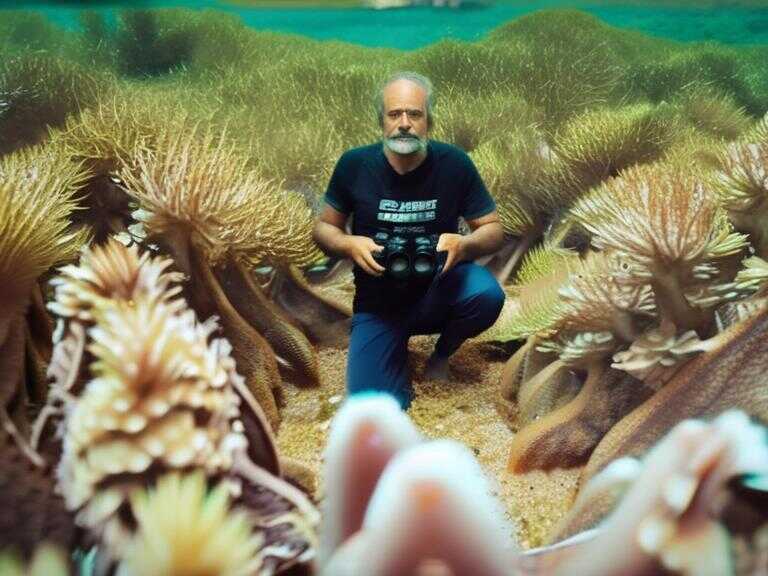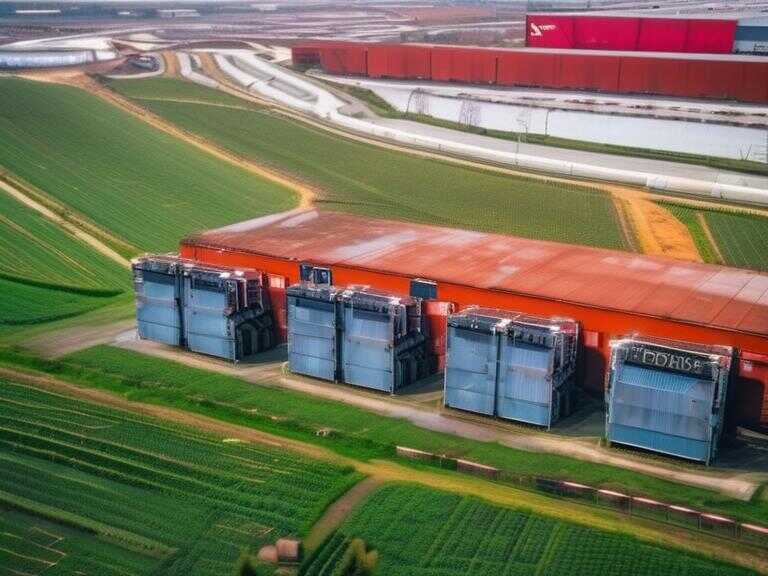
Des Moines Art Museum to Remove Landmark Art Installation Due to Hazard and Cost
Des Moines Art Center plans to remove Greenwood Pond: Double Site due to hazardous conditions and high repair costs, sparking controversy.

The Des Moines Art Center has announced plans to remove a significant art installation bordering a pond in Des Moines. The artwork, known as Greenwood Pond: Double Site, is set to be demolished due to safety concerns and the high cost of repairs. City officials have granted permission for the demolition to begin as early as next week, with the process expected to take several months.
Outcry from Artist and Arts Community
The removal of the artwork, completed in 1996 by New York artist Mary Miss, has sparked outrage from Miss herself, as well as from other artists and arts organizations. Miss has expressed shock and contended that the removal would violate her 1994 contract, which she claims obligates the museum to maintain the piece. In a public letter to the art center board, she emphasized her dismay at the potential fate of her creation.
Artwork Description and Impact
The Greenwood Pond: Double Site installation offers various perspectives of a small wetland through wooden decks, gravel paths, metal walkways and viewing structures that provide different vantage points. It has been lauded as an innovative example of land art, utilizing natural features and formations to create a unique artistic experience.
According to the art center, the decision to remove the artwork stems from its vulnerability to Iowa's extreme weather conditions. The design and materials used in the installation have made it susceptible to damage from frigid winters and warm, humid summers. The estimated cost of replacing much of the artwork is $2.6 million, with additional expenses for future maintenance. Safety concerns have also led to the fencing off of hazardous areas within the installation.
The Cultural Landscape Foundation has been leading efforts to oppose the removal of Greenwood Pond: Double Site, citing its significance in the land art movement. The organization has highlighted the relatively few prominent land artworks created by women in a field dominated by male artists and expressed the importance of preserving such contributions.
The removal process will involve heavy equipment, draining the pond to access the infrastructure and constructing new paths over a period of three months or longer. The art center has stated that the costs for the removal and subsequent work will be covered from its own budget, with no city funds being utilized.
Share news















